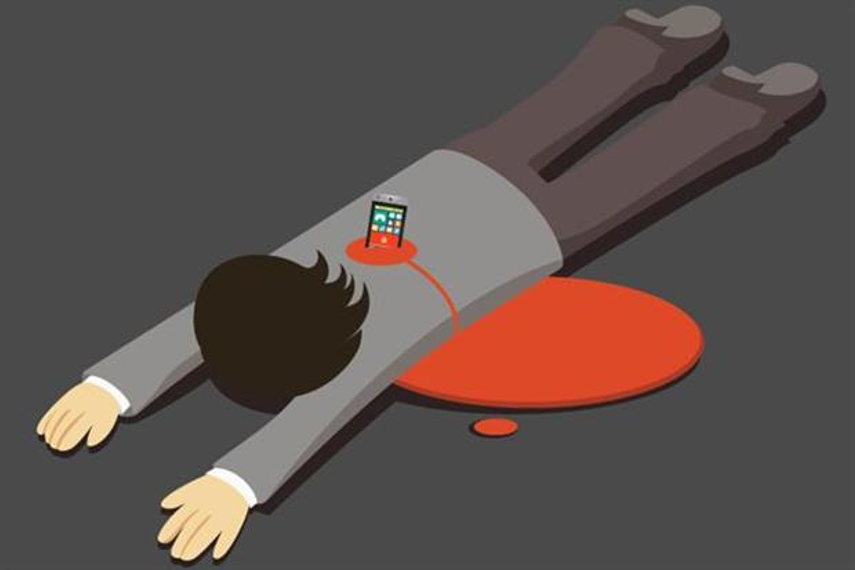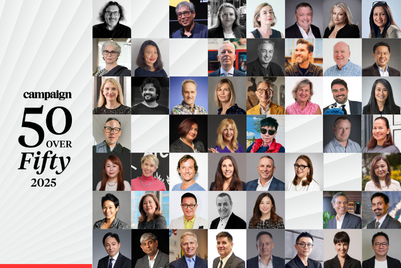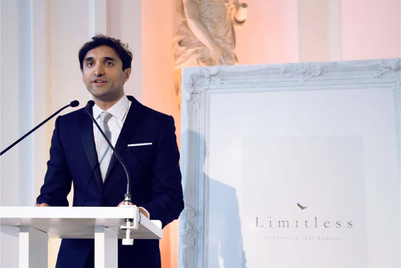In 2003 I took a short sabbatical from a generous O2 and wrote a book called The Rise and Rise of the Superuser. It was either a searing insight into how our society was fragmenting into two distinct groups, regardless of age, gender or class, or the delusional ramblings of a young man with an over-strong point of view. Judgment varied, depending on one’s perspective (author versus reader, perhaps).
The book made the case for the emergence of a group I tagged Superusers, who lived their lives in a constant fog of communication, always connected, always engaged with their peers and the world around them. They made plans on the fly, were less deferential, more spontaneous and generally hunted in virtual packs. The Users, on the other hand, communicated in a more planned and formal manner, missing out on so much around them. These groups were largely separate from one another and growing up in very different ways, with different norms.
It was all absolutely correct and even visionary for the time, except that it was wrong. I thought that SMS would continue to be the Superusers’ preferred method of communication, seeing as it was free, instant and personal. It was a fatal error on my part, conceived with a European’s conceit for this continent’s supremacy in all things mobile. I missed the small matter of the US adapting its really rather clever computer/internet things for mobile purposes. I (and many more people) missed smartphones. Facebook and Twitter came along and delivered the future that my Superusers were craving. The rest is history.
Adoption rate matters
Amid the rubble of this short-sighted construction I would argue that one insight still stands: not all people adopt technology at the same speed. Moreover, some people who are, in many ways, highly forward-thinking and responsive reject blogging, tweeting, posting and anything else Nasdaq. And the division between lovers and loathers of technology seems to be nothing to do with class, age, demographics or gender. The only commonality is that then, as now, Superusers tend to congregate with Superusers. Put another way, connected people tend to have connected friends.
So it’s with a wry smile that I read about the internet of things being a force that will sweep through our lives like a benevolent flu strain, leaving us all with just the right amount of milk in our fridges and money on our railcards. It seems rash to assume that it is coming at real scale any time soon. Bragging rights in the credentials presentation of hipster digital agencies, presented by men with beards, perhaps. But real change for marketing in the next five to 10 years? I’m less sure.
As a rule of thumb, the more developed and embedded a sector is, the harder it is to change. Think back to the promises made on behalf of Bluetooth and NFC, and the laser targeting that their perfect connectivity would afford our grateful marketing world. When the Oyster card was introduced I was second to none in heralding the advent of the cashless wallet and the host of opportunities it afforded us. Ten years on, my Oyster card still gives me fast, hassle-free access to London’s public transport network – just as it did in 2004. But nothing more. I can’t even run it from my NFC-enabled phone.
Vested interests
For a taste of the view ahead for most technologies, and the internet of things in particular, don’t just look at who wants it to succeed – think about who wants it to fail. In the case of Oyster, it seems that even in the UK alone, a clash of heads between mobile operators (x5), handset manufacturers (x5), banks (x5) and transport operators (x1 or x many, depending on how parochial your view) have served only to frustrate the consumer, with each party not wishing to cede control of "their" customer to the other.
In the case of the internet of things, it seems that those with most to lose are the media-owners and, by extension, the media agencies and then the creative agencies further up the chain. At the moment, approximately £18bn of media is traded in the UK each year, mostly anonymously. Marketers tend not to buy people, they buy audience types or patterns of behaviour. The agencies help us decode and create patterns out of that audience, and then create entertaining ways to catch the eye of those people. It’s a well-run sector in the UK, probably the best in the world.
Now, consider what will happen if, instead of audiences, brands buy real people, with real data. Assume for a moment that your day is one string of internet-of-things encounters, a breadcrumb trail of where you were, what you did and bought. That’s marketing data so rich and accurate that you don’t really need marketers, let alone agencies.
We know you’re using your Windows Surface on the 7.28 from Farnham and that your monthly railcard expires tomorrow. It doesn’t take 20 years of learning at Unilever’s marketing academy to work out what happens next. The pop-up prompt on my screen offering ticket renewal? The journey info for the way ahead? Perhaps a £5 Hailo voucher to ease me into the next stage of my journey, or a free coffee refill at Pret at Waterloo on the way through, as business is a bit sluggish this morning.
Every marketing brief we issue or fulfil is, deep down, a surrogate for this sort of direct interaction between customer and brand. The creative industry has grown up in response to the very shortage of real data that the internet of things threatens to solve. The media industry (and the broadcasters and media-owners) live for this information drought. It would be a mistake to think that just because it’s new, everyone will want it. That applies to consumers as much as the industries that live off them. The old models will not go down without a fight.




.jpg&h=334&w=500&q=100&v=20250320&c=1)
.jpg&h=334&w=500&q=100&v=20250320&c=1)

.jpg&h=334&w=500&q=100&v=20250320&c=1)


.jpg&h=334&w=500&q=100&v=20250320&c=1)


.jpg&h=334&w=500&q=100&v=20250320&c=1)

.png&h=268&w=401&q=100&v=20250320&c=1)




.jpg&h=268&w=401&q=100&v=20250320&c=1)
.jpg&h=268&w=401&q=100&v=20250320&c=1)
